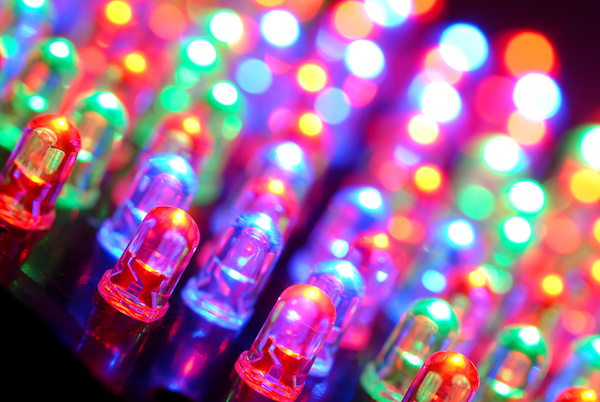If you are looking to have custom electronics built that need displays, you will have to choose between LED displays and LCD displays. This can be a confusing choice, as LED displays and LCD displays are quite similar. However, there are a few important differences. To understand why this choice is an important one, you need to know what LEDs are and what LCDs are. This way, you can see the differences between the two technologies. To learn more about LED vs LCD, read on.
What is an LCD Display?
An LCD display, also known as a liquid crystal display, has been the dominant display technology for quite some time. It is used for tablets, smartphones, TVs, and computer monitors. Monitors formally used cathode ray tubes, also known as CRTs, to project the image. However, LCD displays eventually became affordable in the late seventies and they replaced CRTs. An LCD works by having a panel of liquid crystal that is forced by a source of electricity to create certain patterns. An LCD display has a light source behind the crystals. Some of our LCD displays can display color. These displays have red, green, and blue pixels within the liquid crystal. When the light turns on and passes through the liquid crystal, it also passes through a red, green, or blue filter.
What is an LED Display?
LEDs, also known as light emitting diodes, are tiny semiconductors that give off light when an electrical current is applied to them. The light is not usually very bright, but it is more energy efficient and lasts longer than traditional lights. LEDs can be used in place of LCDs by some manufacturers. LEDs are actually a type of LCD. Normal LCDs use cooled carbon fluoride tubes, also known as CCFL tubes, to provide the backlight for the LCDs. The LEDs are an alternative to these CCFL tubes. They can give greater control of the light sent to the display. The extra energy efficiency comes from the fact that individual LEDs can be shut off when they aren’t needed for the display. An LCD display is either completely on or completely off. There is no in-between setting like there is with LEDs. LEDs actually come in several different types. These include RGB- LED, full array, and edge-lit LED displays.
Advantages of LEDs
Better Energy Efficiency
As previously mentioned, LEDs are more energy efficient. You may think that using LEDs instead of an LCD for your display will not result in appreciable energy savings. However, this is not necessarily true. It depends on how large the display is on your device, how often it’s on, and on the cost of power. They could add up to hundreds of dollars every year. When you’re trying to cut cost for your company, every little bit counts. Also, keep in mind that better energy efficiency will help make a company more green.
Better Readability
LED displays are also more readable than LCD displays. This is especially true during low-light situations. The pure white backlights of the LED displays means the colors do not get distorted when the display’s brightness is turned up. Also, LED displays tend to be higher resolution. This can prevent to misreading the display, no matter what the conditions are. If the device controls a sensitive function, misreading the display and acting upon this incorrect information could be very serious. An LED display could prevent this from happening. There is a good reason that many of the most advanced electronics in this day in age use LED displays.
Disadvantages of LED Displays
More Expensive
Pretty much the only disadvantage of LED displays is that they are more expensive. Just how much more expensive depends on the device and on the application that the device will be used in. In general, they’re only a little more expensive. If your company is on a tight budget and you do not need the advantages that an LED display can provide, you may be better suited going with an LCD display. Otherwise, an LED display may be the best choice for your business. If you’re not sure, you can contact one of our engineers. They will ask you some questions about the application it may be used in and then make an informed recommendation. Of course, the final decision is up to you.




